Youngsters watched this show in the late 70s on BBC Two, one evening a week. Even though we had the six million dollar man and multi-coloured swap shop to keep us busy, there was something about this show we absolutely LOVED. Even though the dubbing was quite bad! Here are 9 things you wouldn’t have known about the show! Enjoy 🙂
1. It had a very low budget.
Monkey was made with an ensemble cast and on a low budget. Sets were recycled and if you were ever confused by the similarities between supporting characters, it’s because their actors all played multiple roles in the show.
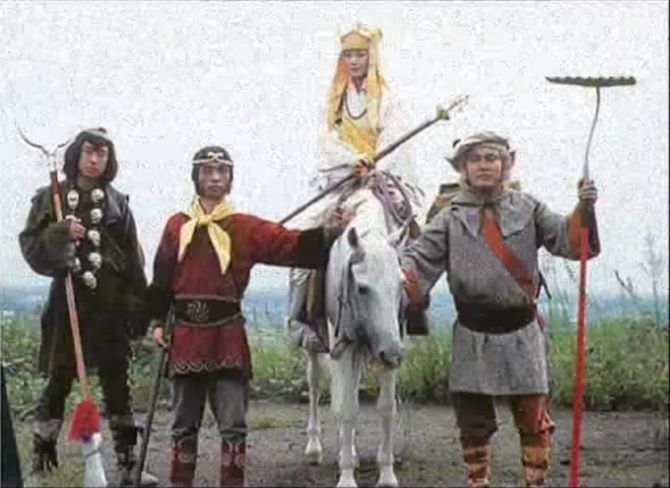
Regardless, growing up this show was the best and they produced 52 fantastic episodes! Although Monkey may have been popular, the budgeting issues cut its success short! This meant that filming had to be stopped to a sudden end part way through the second series.
2. The show was so popular, it continued to be shown in Australia through the 90s and 00s.
We all know how popular the show was in the UK but Monkey was broadcast all over the world! It was extremely popular in New Zealand and in Australia, which was broadcast on the TVNZ and ABC! Also, a Spanish-dubbed version of Monkey was aired in Mexico, Costa Rica, Peru, Argentina, Uruguay and the Dominican Republic in the early 80s!

However, the BBC-dubbed version of Monkey never received a broadcast in the United States, only the original Japanese version! Saiyūki was shown on local Japanese language television stations in California and Hawaii in the early 1980’s.
3. The theme song ‘Monkey Magic’ is sung entirely in English both for the English and Japanese version. There is no Japanese version.
How catchy was this theme tune? Monkey is considered as a cult classic in many countries where it has been shown, reaching as far as South America! Among the features that have contributed to its cult appeal are the theme song, the dubbed dialogue is spoken in a variety of over-the-top “Oriental” accents, the reasonably good synchronisation of dubbing to the actors’ original dialogue, the memorable battles which were for many Western youngsters their first exposure to Chinese-style fantasy action sequences, and the fact that they young priest Tripitaka was played by a woman!
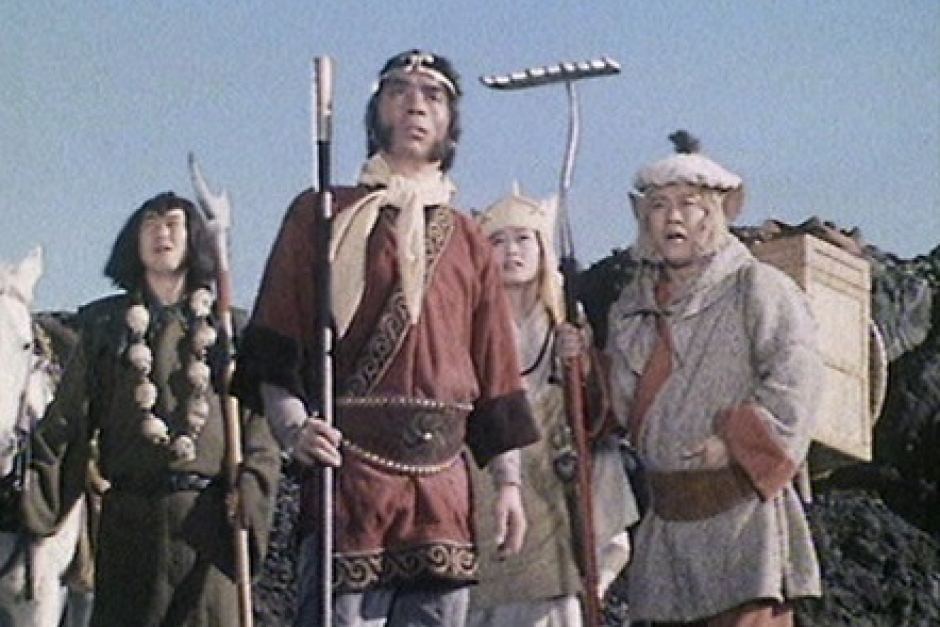
Also, if you ever want to hear the theme tune performed live you can! Yukihide Takekawa was the original artist for the theme tune and is known as the vocalist from Godiego. He still performs in Japan, and regularly sings Monkey Magic without fail!
4. Jun Fukuda who directed Monkey also helped direct the Godzilla movies.
Jun Fukuda is the man to thank for bringing Monkey into our lives, but also some other classics! Jun Fukuda was a Japanese film director, writer and producer. He joined the Japanese film production company Toho in 1946! By 1959, Fukuda began a career as a full director. His early work was based more towards mystery, but he began to expand into more comedic work by the mid-60s, with movies such as Iron Finger (1965).
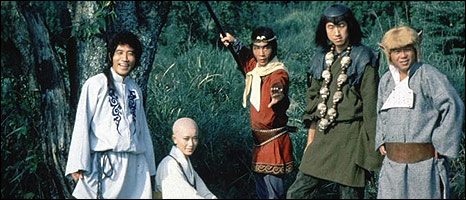
During this time, Fukuda was approached and given the opportunity to direct a movie in the Godzilla series, Ebirah, Horror of the Deep (1966), which of course he accepted. Fukuda would then go on to direct entries in Toho’s popular Young Guy series and Konto 55, however, he was best known for his Godzilla work and would later in his career become the “go to” director for special effects productions! Thank you, Jun!
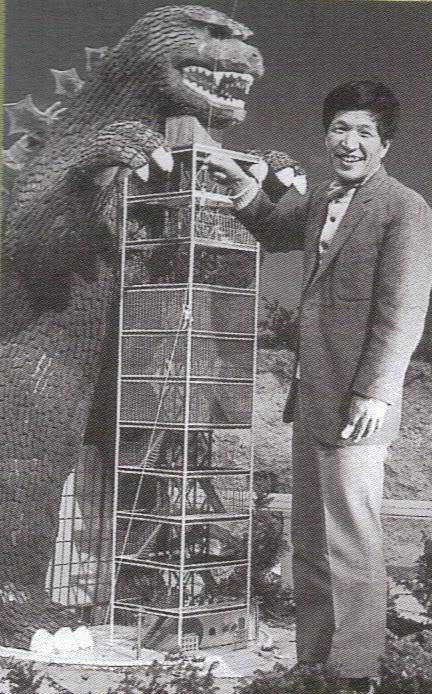
5. Monkey is the most popular TV show that NTV ever made.
The show was produced by Nippon Television and International Television Films in association with NHK. The show was broadcast from 1978 to 1980 on Nippon Television! They produced two 26-episode seasons which ran in Japan. The first season ran from October 1978 to April 1979, and the second season from November 1979 to May 1980.
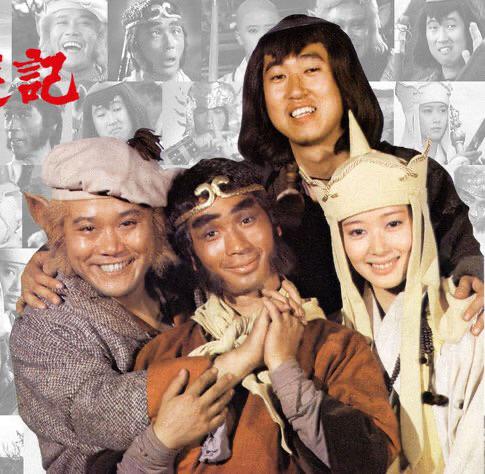
It was originally called Saiyūki but was the show was dubbed into English from 1979, with the dialogue written by David Weir. As we all know, the dubbed version was broadcast under the name Monkey and broadcasted in by the BBC! However, only 39 of the 52 episodes were dubbed and broadcasted by the BBC. All of series 1 was but only half of series 2 was dubbed, we had to wait until 2004 for the remaining episodes to be dubbed by Fabulous Films Ltd.
6. A remake of Monkey is being released.
All of us fans have been waiting for this moment for a while, we can re-live our childhood again! A remake of Monkey is being released called The Legend of Monkey! It is currently being filmed in New Zealand and will screen in ten half-hour episodes on ABC, TVNZ and Netflix in 2018. The new cast includes Chai Hansen as Monkey, with Lucianne Buchanan playing Tripitaka, Josh Thomson playing Pigsy and Emile Cocquerel playing Sandy.

7. Toshiyuki who played Pigsy in the 1st series went on to feature in many movies in Japan.
Toshiyuki Nishida was born in Koriyama, Fukushima, Japan on 4 November 1947. In Japan, he is best known for his fishing comedy film series, Tsuribaka Nisshi (“The Fishing Maniac’s Diary”), which currently spans into 21 movies, with the latest one being released in 2009! Of course outside of Japan is best known for his portrayal of Pigsy in the first season of the TV series Monkey.

Nishida has received ten Japanese Academy Award nominations, winning twice, for Dun-Huang in 1988 (Best Actor) and Gakko and Tsuribaka Nisshi 6 in 1993 (Best Actor).He won the Blue Ribbon Award for Best Actor in 2003 for Get Up and Tsuribaka Nisshi 14.
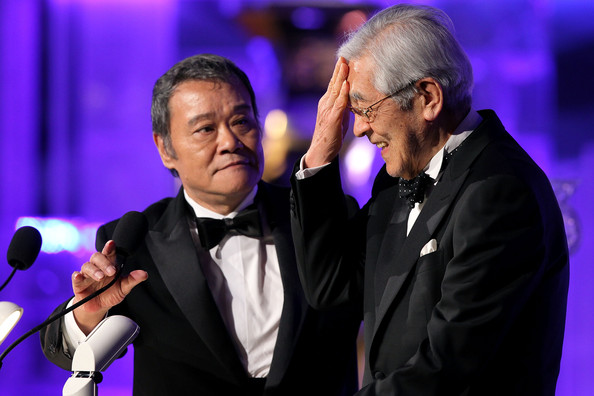
8. Masako was a Japanese model and actress, she played the role of Tripitaka in Monkey but sadly passed away in 1985 from Leukaemia at the age of 27.
Masako Natsume was widely popular in Japan as she gained worldwide recognition when she played the role of Tripitaka in the TV series Monkey! Sadly, she died from leukaemia at the young age of 27 in 1985 and she is currently buried in Hofu, Yamaguchi.

9. The book that was written was lost a long time ago.
The television drama series was based on the Chinese novel, Journey to the West. It is believed this novel was written in 1592 by Wu Cheng’en, It is one of the Four Great Classical Novels of Chinese literature.
The novel is an extended account of the legendary pilgrimage of the Tang Dynasty Buddhist monk Xuanzang who travelled to the “Western Regions”, that is, Central Asia and India, to obtain Buddhist sacred texts (sūtras) and returned after many trials and much suffering.
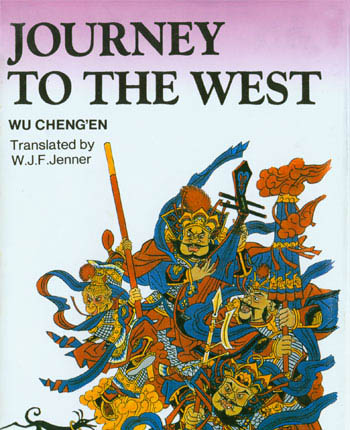
If you like this article please feel free to share it with your family and friends!

